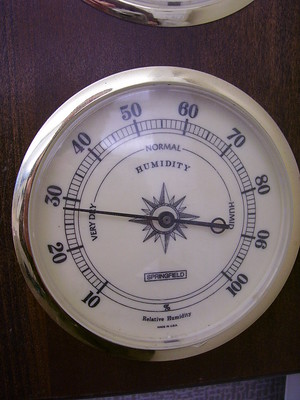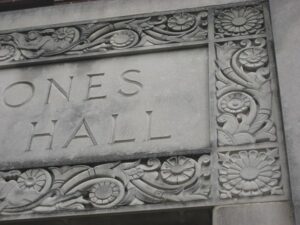Yesterday, I wrote about a potential strategy for delivering classes in the fall semester. By starting the semester in August instead of September, WCC could reduce the time students spend on campus during the flu season. The “flu season” is an important marker for influenza, but also for the common cold. Rhinoviruses and coronaviruses cause the common cold. COVID-19 appears to follow a similar calendar.
The CDC tracks influenza because it has the potential to infect people quickly and with devastating results. According to the CDC, influenza cases begin rising in October and November in the United States. The most significant months for influenza are December, January and February. By April, influenza infections decline to minimal numbers. Incidence of the common cold also increases during this time. But what does it have to do with HVAC systems?
Cold and flu seasons track the heating season in the US. One reason for this is the ambient humidity level in buildings. Once we start heating buildings, the HVAC systems dry out the air in them. In addition to drying the air in a building, heating systems also dry out our sinuses. This makes it easier for influenza, rhinoviruses and possibly even COVID-19 to set up shop in our respiratory tracts.
Humidity – which is in abundance in the summer – limits these viruses’ ability to move through the air. It also reduces their ability to make themselves at home in our sinuses.
Adding humidity may reduce COVID-19 transmission
Tuning the HVAC systems to increase the humidity level in the buildings – or adding humidity to the air separately – could help reduce the potential for virus transmission in them. In addition to discouraging cold and flu transmission, it may also inhibit coronavirus transmission. Managing the humidity level in the buildings on campus – in addition to rigorous cleaning – could be part of a coordinated effort to make the buildings safer for people who have to spend time inside them during the coming months.
An additional benefit of controlling the humidity in a building during the heating season is that it makes the buildings more comfortable. People tend to associate temperature with comfort. In the winter, when you’re cold, you assume that turning up the thermostat will warm you up. In reality, turning up the temperature will further dry the air, which reduces the air’s ability to hold heat. You’ll end up being less comfortable. You’ll also spend more (unnecessarily) on heating.
On the other hand, if you add moisture to the air, you increase the air’s ability to hold heat. This increases your comfort level and reduces heating costs because you don’t have to turn up the temperature to be comfortable.
WCC already spends more per cubic foot on energy than any other community college in Michigan. Some of that has to do with the design of WCC’s buildings. The condition of the HVAC systems – many of which are end-of-life – are also costing a fortune.
Managing humidity levels in the buildings during the fall and winter semesters will make them healthier, safer, more comfortable, and less expensive to heat. It could also support a plan – even a limited one – to open the campus during the fall and winter.
Photo Credit: Russ Neumeier , via Flickr
















